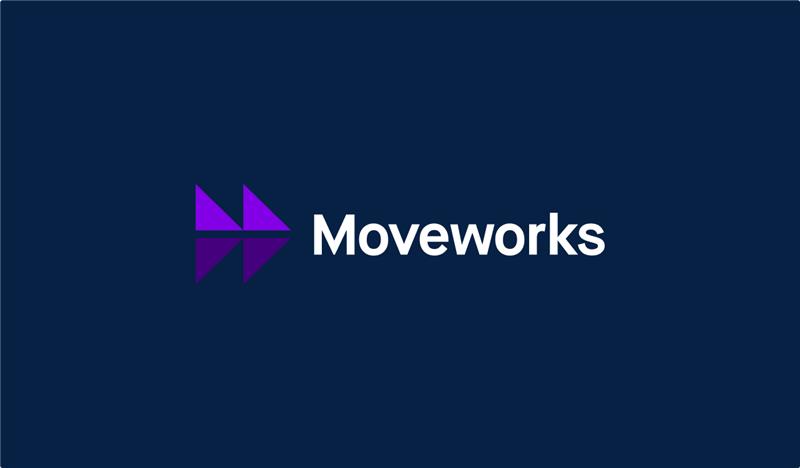For many HR teams, onboarding feels less like a strategic milestone and more like a paperwork marathon. New hire forms, email approvals, spreadsheets, and status check-ins consume hours of effort that could be spent engaging new employees. In fact, two in five HR managers who don’t capture onboarding information electronically spend more than three hours per new hire on manual data collection. The cost of inefficiency goes far beyond lost time. It impacts experience, compliance, and retention.
The hidden price of manual onboarding
Every extra step, misplaced form, or missed signature introduces friction and error. Up to 25% of HR time is lost to manual data entry and paperwork, and these inefficiencies carry measurable business costs. Studies estimate that turnover costs average 33% of an employee’s annual salary, and poor onboarding is a major contributor. One survey found that 20% of new hires leave within their first 45 days.
When HR is buried in forms and follow-ups, the human element of onboarding fades. New employees miss critical context, managers lose visibility, and the organization pays for it in attrition and disengagement.
Why manual onboarding still won’t die
Despite the clear drawbacks, many organizations still rely on outdated systems. Sixty percent of companies continue to use spreadsheets and email as their primary onboarding workflow tools. This patchwork approach creates invisible bottlenecks:
- Fragmented tools and disjointed communication channels.
- No single source of truth for tracking onboarding progress.
- Limited visibility into what’s done, what’s missing, and who’s responsible.
When onboarding becomes an improvised process instead of an orchestrated one, small inefficiencies compound into systemic friction. The result is a first-day experience that feels reactive rather than welcoming.
How HR service management changes the game
HR Service Management (HRSM) reimagines onboarding as a connected, automated service. It applies structured workflows, defined service levels, and centralized visibility to every stage of the employee journey. In an HRSM model:
- AI-powered workflows replace repetitive data entry and predict what’s needed next.
- Requests and approvals flow through one digital portal.
- AI dashboards surface real-time insights and predict potential bottlenecks.
- Intelligent integrations connect HR platforms with IT, facilities, and finance to ensure every detail, from laptop delivery to payroll setup, happens seamlessly.
Organizations that implement HR automation report significant efficiency gains. One study found that automation can reduce HR administrative work by up to 40%. And when onboarding runs smoothly, new hires are 69% more likely to stay with the company for three years or longer.
From paperwork to purpose: elevating HR’s role
Automating onboarding saves time and elevates HR’s role. When paperwork is automated and data flows freely across systems, HR teams can focus on what matters most: designing meaningful employee experiences, supporting culture, and accelerating productivity.
The benefits ripple outward. New employees reach full productivity faster. Managers gain confidence that every requirement is handled. Leadership sees measurable value in improved retention and reduced cost per hire. And HR reclaims its time for strategy, not spreadsheets.
The onboarding revolution starts here
Manual onboarding has become a hidden liability, sapping time, energy, and engagement from HR and new hires alike. Modernizing through HR Service Management brings structure, automation, and insight to the process, turning complexity into clarity.






